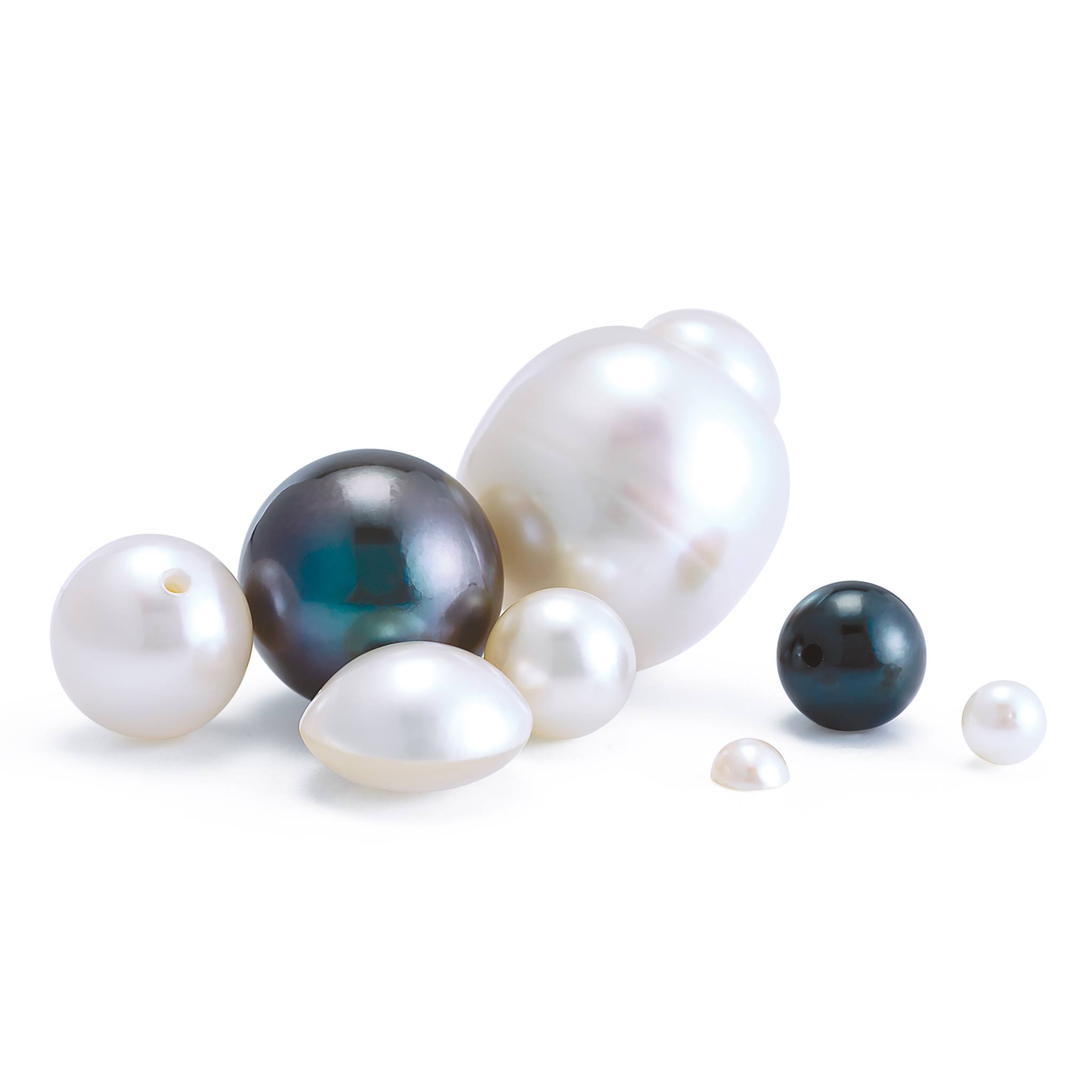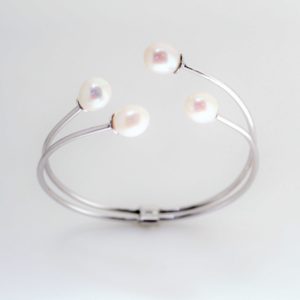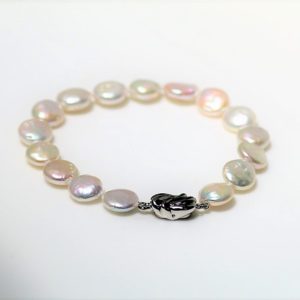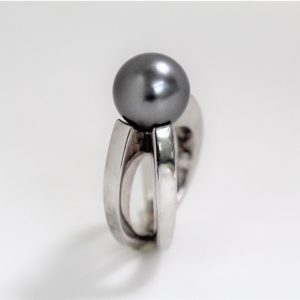Pearls can be either natural or cultured. Both natural and cultured pearls are formed when an irritant enters the oyster or mollusk, causing it to respond to the irritant. The difference is that in cultivated pearls, the irritant is purposely placed inside the oyster by human intervention. Both are found in a variety of colors. The most distinguished are white, cream, and pink, but the palette of colors extends to every hue, even black. Black pearls are known as Tahitian Pearls, which are formed from the Pinctada Margaritifera or Black-lip pearl oyster. These exotic pearls have an iridescent shimmer to them, and as they are referred to as “Black Tahitian” and range in all hues of grey, charcoal, black, and greenish black.

Cultivating pearls began in the early 1900s. From the 1930s through the 1980s, pearl culturing diversified and spread to various countries around the world. South Sea pearls, the largest pearl variety, are considered the most valuable. A strand of South Sea pearls can range from $1,000 to over $100,000. Tahitian pearls are considered to be the second most valuable pearls in the world. Unlike black freshwater and black Akoya pearls, which have been irradiated or dyed, Tahitians come by their dark color naturally. “Baroque” is a term applied to pearls that are non-symmetrical, and these irregular shapes are more common in freshwater pearls. While perfectly round pearls have traditionally been the most coveted, baroque South Sea or Tahitian pearls are often used in unique, contemporary jewelry to great effect. Pearls are the June birthstone and are used to celebrate the 3rd & 30th wedding anniversary.
Pearl is derived from Old French “perle” and directly from Medieval Latin “perla”. Pearls were often presented as gifts to Chinese royalty as early as 2300 BC, while in ancient Rome, pearl jewelry was considered the ultimate status symbol. So precious were the spherical gems that in the 1st century BC, Julius Caesar passed a law allowing only the ruling class to wear pearls. Pearls are treasures from the earth’s water, forever embodying the mystery, power, and life-sustaining nature of water. Ancients from the Middle East believed that pearls were teardrops fallen from heaven. The Chinese fancied that the pearls came from the brain of a dragon. The pearl still today symbolizes purity and virtue.



